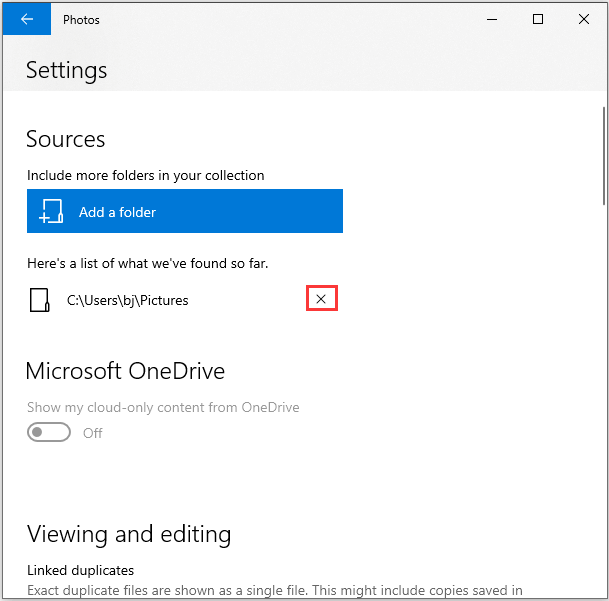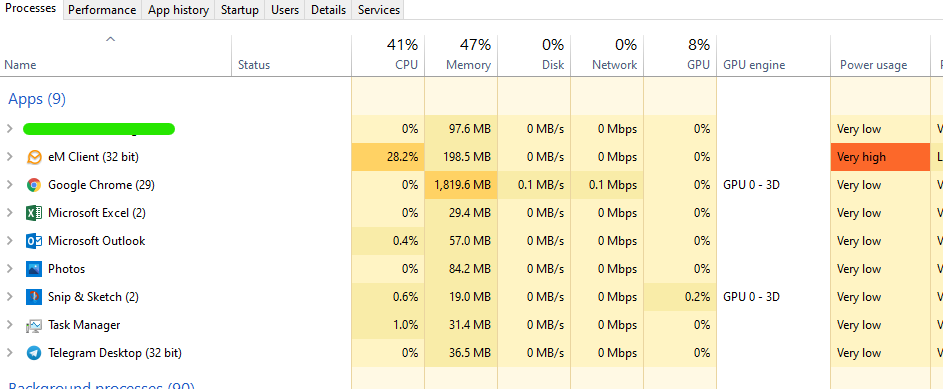


The % Time in GC counter monitors memory resources and the time that W3wp.exe spends processing garbage collections. The Allocated Bytes/sec counter monitors memory resources and displays the rate at which W3wp.exe allocates memory. The % Processor Time counter monitors CPU usage. Note You can use the Performance Monitor to monitor CPU and memory resources. When a delegate of a user declines a meeting request, the W3wp.exe process for the MSExchangeSyncAppPool and MSExchangeServicesAppPool application pools consumes excessive CPU and memory resources on an Exchange Server 2010 Client Access server.
#STORE.EXE HIGH MEMORY EXCHANGE 2010 UPDATE#
Меньше SymptomsĪssume that you apply Update Rollup 5 version 2, Update Rollup 6 or Update Rollup 7 for Microsoft Exchange Server 2010 Service Pack 2 (SP2).
#STORE.EXE HIGH MEMORY EXCHANGE 2010 WINDOWS#
As this is not an in-built Windows system file, therefore you can remove this if you are ever experiencing issues with it.Exchange Server 2010 Enterprise Exchange Server 2010 Standard Еще. Thus, this is how you can remove malware in the guise of a Store.exe file and make your system error-free. If you have anti-malware then it can help you detect sleeping spyware, Trojans, keyloggers, adware, malware, and trackers on your hard drive and also helps you in removing them from the system.

If you want to analyze the store.exe file, you could use Security Task Manager.

Resmon is the command that could be used to decipher the processes that are causing the issue.ĭISM.exe /Online /Cleanup-image /Restorehealth is the command that allows you to heal the operating system without the loss of data. Whenever, you begin to face a problem, try to remember the last thing that you did on the system that started the issue. Clean it with an antivirus solution to ensure there is no malware installed in your system.įurther, check for automatic updates and periodic backups for your system. To fix the above-stated problem, you might have to keep a clean system. You can use Security Task Manager in this scenario. You must also understand that some malware files can camouflage as Store.exe files when located within C:\Windows or C:\Windows\System32 folder. Again, keep a watch for “out of memory” errors that appear on your screen whenever you are trying to launch a particular program on your system since that could pose some problem. However, if all other services in your system go slow, when the Store memory swells up, you might have to look into your system in this scenario. So, if the Store.exe process is using up to 1.5 GB of the memory out of 8 GB, then there seems to be no problem at all.Įven SQL typically exhibits such behaviour, thus it is not often advised to put the SQL and the Store.exe file under one server. Store.exe process can use as much as 1.2 GB or at times more memory when moving through the Task Manager. As long as the file thinks it needs to optimize the performance, it would keep grasping that much memory from the system. On the contrary, storing the memory to avoid moving to the slow page file is an in-built feature of the Store.exe process. There is actually no memory leak in this scenario. The first misconception is that the increased memory consumption of the Store.exe file is due to some kind of a memory leak. Microsoft MDB Store or Microsoft Exchange MDB Store (Microsoft Exchange Server) or TOSHIBA e-STUDIO Remote Scan by MicrosoftĬ:\Program Files – (C:\Program Files\Manufacturer\Endpoint Agent\Verity\ or C:\Program Files (x86)\DGAgent\verity\kv\_nti40\bin\)ġ47.456 KB, 164.864 KB, 110.592 KB, and 6 more sizes The below table gives a detailed description of the Store.exe process. Detailed information of the Store.exe file at a shot The MSExchangeIS service is responsible for managing the Microsoft Exchange Information Store which includes the mailbox stores along with public folder stores. It performs the role of monitoring applications. The Store.exe file utilizes ports to connect via the LAN or the Internet connection. Though the file is owned by Microsoft, yet it is not a Windows system file. The service name is known as the MSExchangeIS. This process is associated with the Windows OS as a background process. We will also look at the problems which users experience with the Store.exe file. With this post, we will look at the role of the Store.exe file vividly. Today Microsoft’s Windows OS is installed in almost 90% of the systems and workstations worldwide. When a mail session is created by a specific client then this particular function is supported by the Store.exe file as it acts as the database app for the Microsoft Exchange servers.Īs this file amasses memory over a prolonged period on the server, thereby it ensures a quick and efficient Outlook session. The Store.exe file comes as a part of the Microsoft Exchange software.


 0 kommentar(er)
0 kommentar(er)
